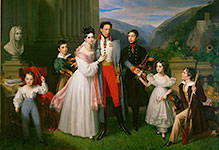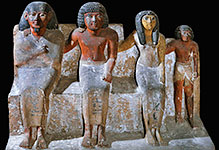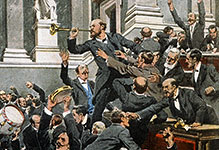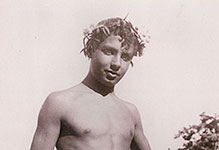
Society
Personalities, Aristocracy, Politics and Portraits, Rulers, Emperors and Kings, Crowds and Demonstrations.

#03030156
Fragment of a stone stele dedicated by Itur-Ashdum, probably from Sippar, Meopot...

#03030158
Silver tetradrachm of Lysimachus, Greek, 305-281 BCE. Following the death of Ale...

#03030165
Stone tablet of Nabu-apla-iddina, from Sippar, southern Iraq, Babylonian, aroun...

#03030166
Black obelisk of Shalmaneser III, Neo-Assyrian, 858-824 BCE Black limestone obe...

#03030170
"The Dying Lion", a stone panel from Ninveh, northern Iraq, Neo-Assyrian, 645 BC...

#030302 4
The Sargon Vase from Nimrud, northern Iraq. Neo-Assyrian, 8th century BCE. A cu...

#030302 5
The Rassam obelisk from Nimrud, Mesopotamia, northern Iraq. Neo-Assyrian, 883-85...

#030302 6
Stone panel from the South-West palace of Sennacherib, Ninveh, northern Iraq, Ne...

#030302 8
The Taylor-Prism, Neo-Assyrian, from Niniveh,northern Iraq, 691 BCE. This six-si...

#03030217
Winged spirit (Génie protecteur) 7th century BCE; Tell Ahmar; reign of Ashurban...

#03030229
Assyrian slingers attacking the Judean fortified town of Lachish (battle 701 BC...

#03030230
Leaving for the hunt with dogs and cages. Stone bas-relief (7th BCE) from the p...





